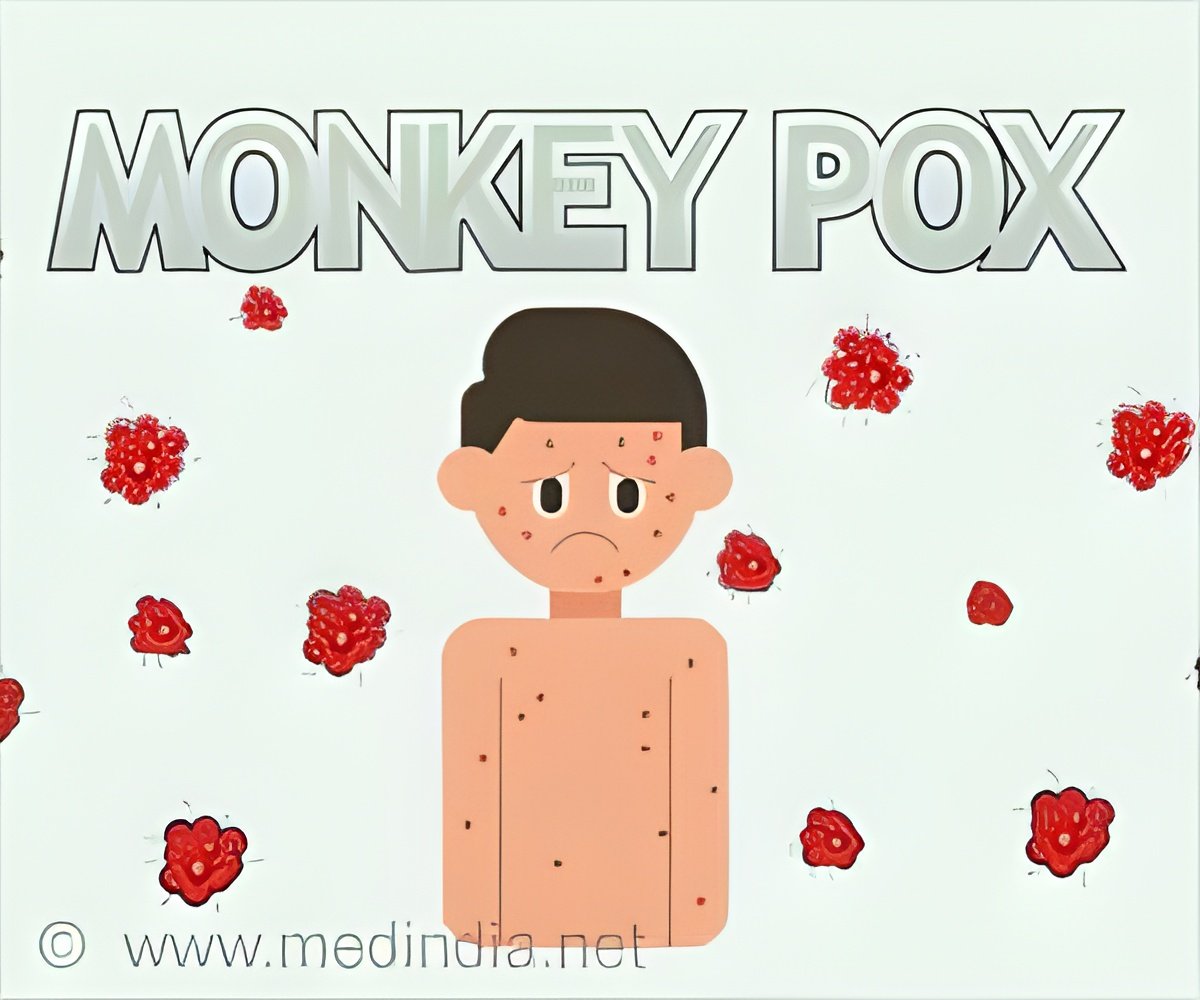New research confirms tecovirimat's ability to inhibit mpox virus, extending its application beyond smallpox virus infections for which it is approved.

Mpox virus infection and drug treatment modelled in human skin organoids
Go to source) “Researchers can now use this model to study how the mpox virus causes disease and to test new therapeutics,” says Intikhab Alam, a bioinformatician who contributed to the study along with his colleague Roberto Incitti, both from KAUST.
‘Lab-grown human skin organoids support mpox virus replication, aiding outbreak research. #mpox #monkeypox ’





People infected with the mpox virus typically develop rashes and skin lesions, often leading to scarring and disfigurement — and the lab-grown skin organoids now help show why.
Collaboration Reveals Mpox Virus Resides in Keratinocytes and Unveils its Intricate Assembly Process
KAUST’s Alam and Incitti collaborated with Qiuwei Abdullah Pan and his team from the Erasmus MC-University Medical Center in Rotterdam to report that the virus takes up residence inside keratinocytes, the predominant cell type in the skin’s outer layer. There, the virus undergoes its four steps of assembly, a process that the researchers could observe under high-power microscopes.Gene expression analyses conducted by the researchers revealed that numerous viral genes become activated in the days following infection. This activation, in turn, appears to induce changes in host cells, leading to alterations in the activity of multiple human genes associated with immunity and cell death.
These genetic alterations likely compromise the skin’s protective barrier, resulting in the characteristic lesions observed in infected people.
The observed effects could be reversed through use of an antiviral drug called tecovirimat. In the infected organoids, this drug proved highly effective in halting virus replication and thwarting the subversion of host cells.
They also underscore the potential of the organoid system as a versatile platform with which to screen for novel substances with similar properties.
Advertisement
“These studies all complement each other by modeling infection in different tissues and with different types of disease manifestations,” says Incitti.
Advertisement
Reference:
- Mpox virus infection and drug treatment modelled in human skin organoids - (https://www.nature.com/articles/s41564-023-01489-6)















